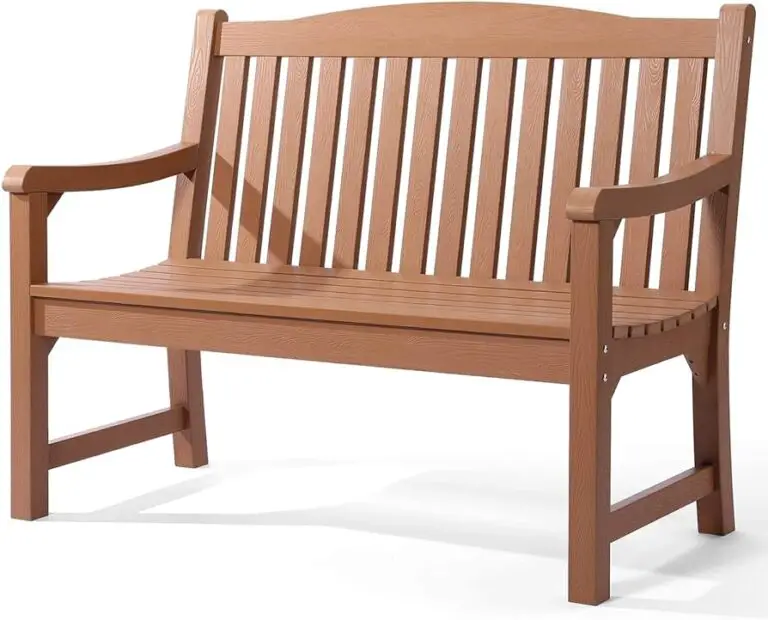Is Wood Or Plastic Toilet Seat Better : The Ultimate Comparison
When it comes to choosing the right material for your toilet seat, the debate between wood and plastic has been ongoing for years. Each material has its own set of advantages and disadvantages, and it ultimately comes down to personal preference and specific needs. In this article, we’ll take a closer look at the pros and cons of wood and plastic toilet seats to help you make an informed decision.
Wood Toilet Seats
Wood toilet seats are often favored for their natural, warm aesthetic. They can add a touch of elegance and sophistication to any bathroom. Here are some key advantages of wood toilet seats:
- Natural Look: Wood toilet seats have a natural and warm appearance, making them a popular choice for those who prefer a traditional or rustic style in their bathroom.
- Durable: High-quality wood toilet seats, such as those made from oak or maple, are extremely durable and can last for many years with proper care.
- Comfort: Some people find wood toilet seats to be more comfortable than plastic ones, as they are often warmer to the touch.
- Customizable: Wood seats can be easily stained or painted to match the décor of your bathroom, giving you more flexibility in terms of design.
However, there are also some drawbacks to wood toilet seats that should be taken into consideration:
- Maintenance: Wood seats may require more maintenance than plastic ones, as they are prone to water damage and may need to be periodically resealed or refinished.
- Cost: High-quality wood toilet seats can be more expensive than their plastic counterparts, although they are often considered a long-term investment.
- Hygiene: Wood is a porous material, which means it can harbor bacteria if not cleaned thoroughly and regularly.
Plastic Toilet Seats
Plastic toilet seats have been a popular choice for many households due to their affordability and ease of maintenance. Here are some of the key advantages of plastic toilet seats:
- Affordability: Plastic toilet seats are generally more budget-friendly than wood seats, making them a practical choice for those on a tight budget.
- Hygienic: Unlike wood, plastic is non-porous, making it more resistant to the growth of bacteria and mold, and easier to clean and maintain.
- Variety: Plastic seats come in a wide range of colors and styles, offering plenty of options to match the design of your bathroom.
- Low Maintenance: Plastic seats are typically low maintenance and do not require sealing or refinishing.
However, there are some drawbacks to consider when it comes to plastic toilet seats:
- Durability: While plastic seats are generally durable, they may not be as long-lasting as high-quality wood seats, and can be prone to cracking or chipping over time.
- Cold to the Touch: Some people find plastic seats to be uncomfortably cold, especially during the winter months.
- Environmental Impact: Plastic is not biodegradable and can have a significant impact on the environment, making it a less sustainable choice compared to wood.

Credit: www.nytimes.com
Frequently Asked Questions On Is Wood Or Plastic Toilet Seat Better : The Ultimate Comparison
Are Wood Toilet Seats Better Than Plastic Ones?
Wood toilet seats are known for their aesthetic appeal and durability, making them a popular choice.
What Are The Benefits Of A Plastic Toilet Seat?
Plastic toilet seats are affordable, easy to clean, and available in various designs and colors.
Which Toilet Seat Material Is More Hygienic?
Both wood and plastic toilet seats are hygienic if properly cleaned and maintained regularly.
How Do I Choose Between Wood And Plastic Toilet Seats?
Consider factors like cost, durability, aesthetics, and personal preference when selecting a toilet seat material.
Conclusion
When it comes to choosing between a wood and plastic toilet seat, there is no one-size-fits-all answer. It ultimately comes down to your personal preferences, budget, and the specific needs of your household. If you prioritize a natural, warm aesthetic and are willing to invest in long-term durability, a wood toilet seat may be the right choice for you. On the other hand, if affordability, low maintenance, and hygiene are your main concerns, a plastic toilet seat could be the more practical option.
Ultimately, both wood and plastic toilet seats have their own set of advantages and disadvantages, and the decision should be based on what best fits your individual needs and preferences. Consider the long-term maintenance, aesthetic appeal, and overall bathroom design when making your decision, and you’re sure to find the perfect toilet seat for your home.







